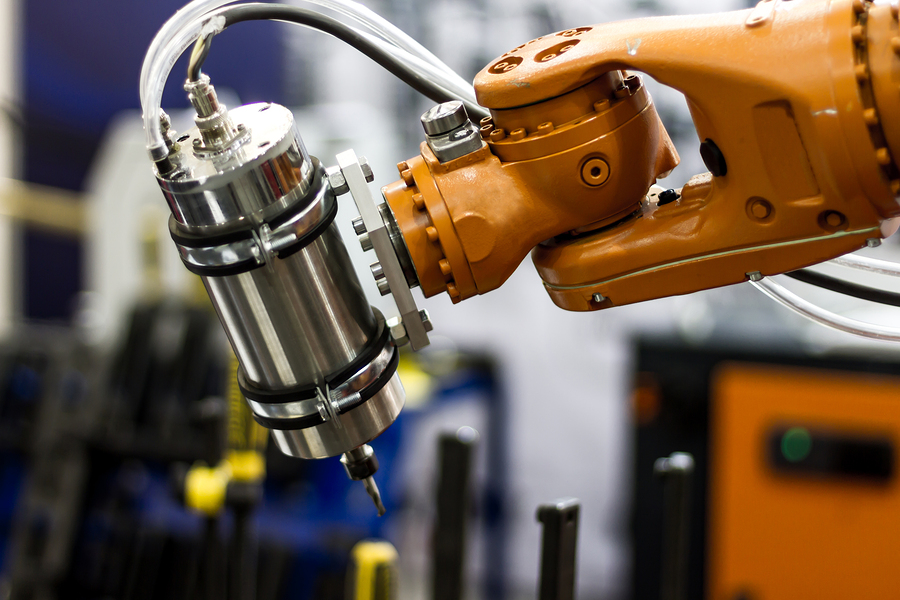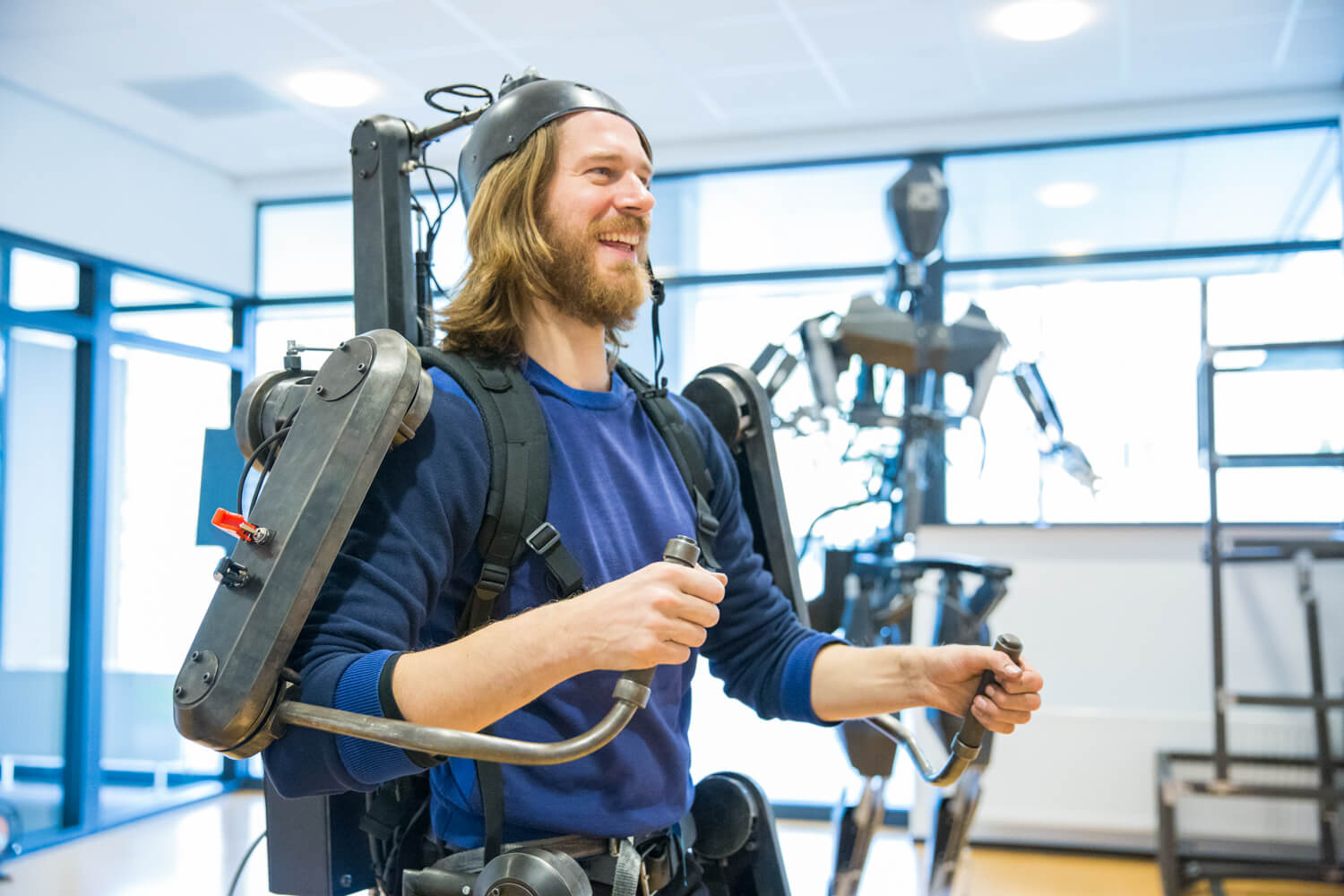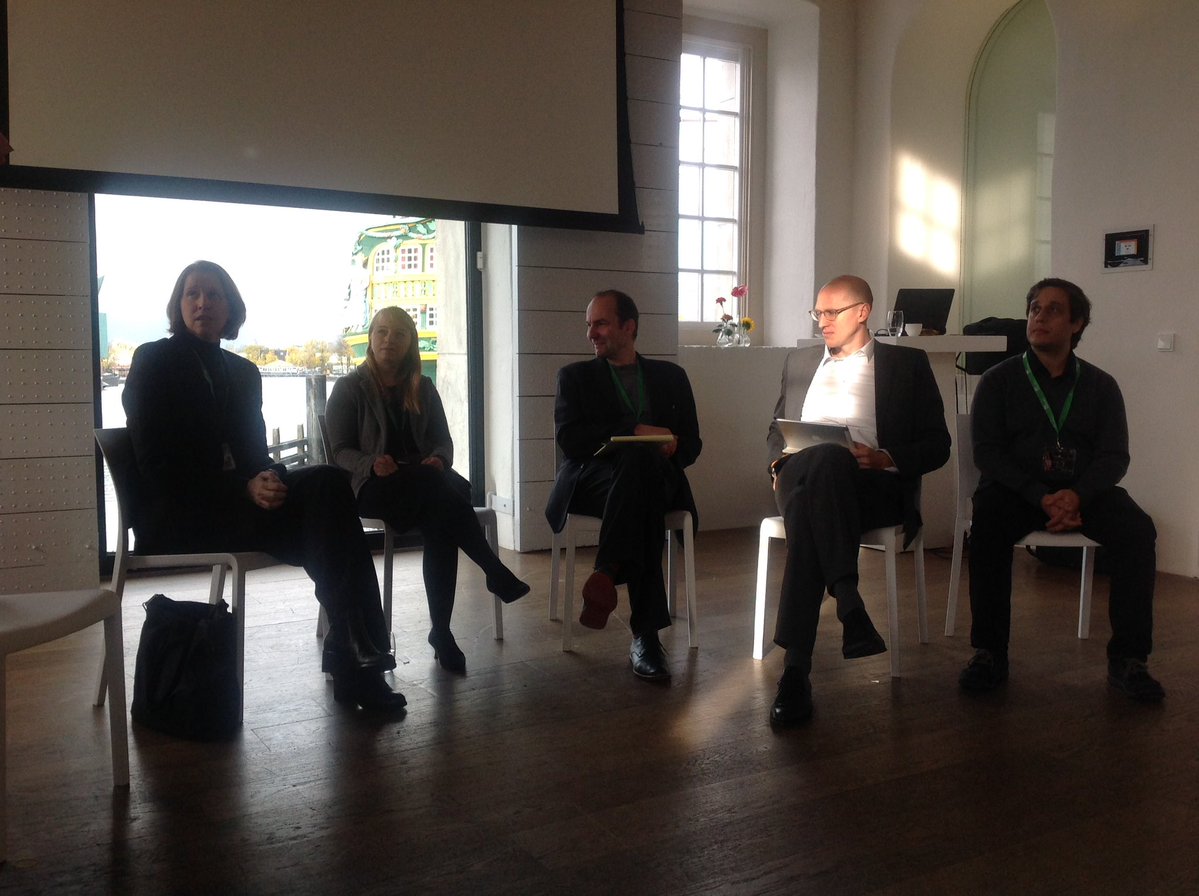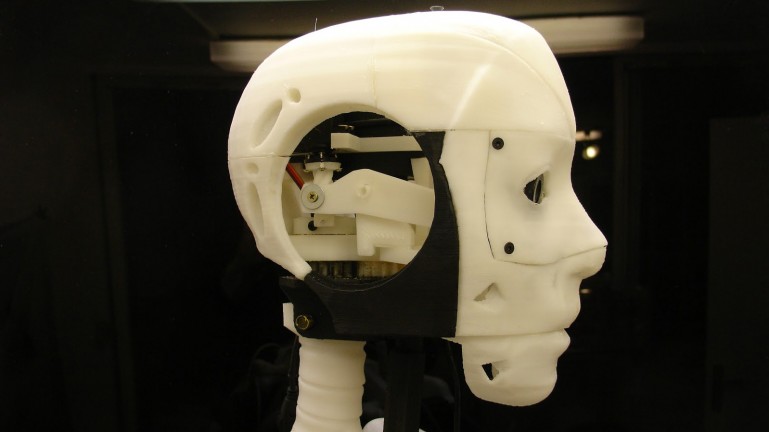
Robohub.org
Robots at your service: Empowering healthy aging at European Robotics Week, 2016

The European Robotics Week in 2016 took place from 18 to 22 November in several countries including The Netherlands, Austria, Lithuania, Norway, Portugal, Serbia and many more. This event has been occurring since 2011 to spread public awareness of robotics applications and brings together industry, researchers and policymakers. The central event this year was held in Amsterdam. I attended one of the 5 days of activities in the Maritime Museum. The theme was ‘Robots at your service – empowering healthy aging’ which encompassed a variety of activities arranged over the 5 day duration, including debates, open sessions where you could network while interacting with different kinds of robots, workshops for children and a 2 day hackathon. I attended the robot expo and two of the debate sessions which I will summarise below.
Robot Exhibition

Credits: Visual Outcasts
Although it’s clearly still early days for general consumer robotics in terms of the price-value ratio, there are ever more options available for enthusiasts and for very specific applications. The exhibition had a good selection, including these lovely bots:
- Inmoov open source 3d printed robot
- KUKA Robotics human safe industrial robot with fancy torque sensors
- Tiago Pal, ROS-based mobile manipulator
- Paro the therapeutic seal robot
- Pleo the dinosaur pet
- Softbank’s Pepper and Nao robots, Pepper being hosted by Decos, which uses Pepper as a receptionist
- Meccano’s Meccanoid G15 robot
- Robokind’s Milo robot, for teaching children with autism
Panel Discussion: Roboethics

This discussion was about ethics in robotics but it touched a really wide variety of aspects around this, including some philosophy. The speakers were of a very high standard and from a wide variety of backgrounds which gave the discussion its great breadth.
Here are some highlights:
Robots in care: good or bad?
- How should robots in care evolve?
- Robots should be applied to care because the need for care increases as populations in developed countries age, while the labour force interested in care shrinks. But are robots really the answer to this sensitive problem?
- The distinction was made that a wide range of activities qualify as ‘care’, ranging from assisting people to care for themselves, to caring for them, to providing psychological and emotional support in times of depression, distress or loneliness. Are robots suitable for all of these kinds of activities or only a spectrum? Before you judge, consider this example given, of a Nao robot used in interacting with children with diabetes, in the PAL project (Personal Assistant for health Lifestyle). The robot interacts with the children to educate them about their illness and help them track it. The children confide in the robot more easily than adults and hospital attendance in children with diabetes goes up. This is an example of using robots to build a relationship and put people at ease – something that the robot does more easily in this case than a human. When is a robot more trustworthy than a human? When is the human touch really needed?
- Should we want robots to be more human when they are used for care? In some cases we do, when there is a need to soothe and connect, to comfort. But in other cases a more impersonal and less present robot might be desirable. For instance, if you needed help going to the toilet or rising from bed for the rest of your life, would you need a lot of human interaction around that, or prefer it to blend seamlessly into your life to enable you to be as independent as possible?
Robo ethics and liability.
- Responsibility vs liability of robots for their misdeeds
- This question always comes up in a discussion about robot ethics – people feel uncomfortable with the idea of a robot’s accountability for crimes. For instance, if an autonomous car runs over a pedestrian, who would be responsible for that, the car, owner or manufacturer?
- A good point was raised by philosophy professor Vincent Muller to take this argument further. If a child throws a stone through a window, she is responsible for the action but the parent is liable for damages. In the same way, a robot can be responsible for doing something wrong, but another entity, like the owner, might be liable for damages caused.
- When discussing that a robot can be held liable for a crime, we imply it can understand that it’s actions were wrong and did it anyway. But robots as yet have no understanding of what they are doing, thus the conclusion was that a robot cannot be meaningfully convicted of a crime.
Panel Discussion: Our Robotic Future

In this next session, a general discussion on the future of robotics ensued, followed by each speaker giving their wish and hope for this future. There was a strong Euro-centric flavour to this discussion, which gave a fascinating insight into the European search for identity in this time of change – in the robotics and AI revolution, who are we and what do we stand for? How will we respond to the threats and oppourtunities? How can we lead and usher in a good outcome? The panel itself fell on the optimistic side of the debate, looking forward to positive outcomes.
Robotics Reasearch.
- The debate started off underlining the need to share information and research so that we can progress quickly with these high potential technologies.
- A distinction was made between American and European methods of research in AI and robotics
- American research is funded by defence budgets and not shared openly
- In the US, research is done by large corporations like Facebook and Google, and is often funded by DARPA.
- In Europe, research is funded by the European Commission, and often is performed through startups which means less brute strength, but more agility to bring research to fruition. However because these startups are so small, they can be reluctant to share their intellectual property which might be their only business case.
Accepting the robot revolution
- There is a lot of hype about robots and AI in the media which stirs people’s imaginations and fears – how can we usher in all the benefits of the robot revolution?
- Part of the fear is that people don’t like to accept that the last distinction we have of being the smartest on Earth could be lost.
- There is a growing economic divide caused by this technological revolution
- We should not create a system that creates advantage for only a select group, but aim for an inclusive society that allows all to benefit from abundance of robotics.
- People can be less afraid of robots if the value they add is made clear, for example a robot surgeon which is more accurate than a human surgeon can be viewed positively instead of as a threat.
- Technological revolutions are fuelled by an available workforce which can pick up the skills needed to usher them in. For example, in the industrial revolution, in which agricultural workers could be retrained to work in factories, and later a large labour force was available to fuel the IT revolution which, again, would have put many out of work by automating manual tasks. There is a concern that with STEM graduates on the decline, we will lack the skilled resources to build momentum for AI and Robotics.
- Investors in robotics and AI are discouraged by the growing stigma around these technologies.
- Communication policies on this topic are designed around getting people to understand the science, but this thinking must shift. The end users who currently fear and lack understanding must become the center of communication in the future – AI and robotics must enable them and they should have the tools to judge and decide on it’s fate.
Conclusion
This is certainly an exciting time to be alive, as there is so much to still determine and discover in the growth of the AI and Robotics industries and disciplines. Such an event also highlights how far we are from this reality – 10 year horizons were discussed for AI and Robotics to become commodities in our homes. It is very encouraging to see the clear thinking and good intentions that go into making these technologies mainstream. In the coming months I’d like to dig into the topics of ethics, regulation, EU funding, and what the future of AI and robotics could bring.
Click here to visit Thosha Moodley’s blog.
If you enjoyed this article, you may also enjoy:
- Considering robot care, ethics & future tech at #ERW2016 European Robotics Week
- Survey: Evaluate ethics of health related privacy with care robots
- Care-O-bot 4 celebrates its premiere as a shopping assistant
- Robot companions are coming into our homes — how human should they be?
See all the latest robotics news on Robohub, or sign up for our weekly newsletter.
tags: c-Events, care robots, cx-Health-Medicine, cx-Politics-Law-Society, ethics, European Robotics Week 2016, Event, human-robot interaction, policy




